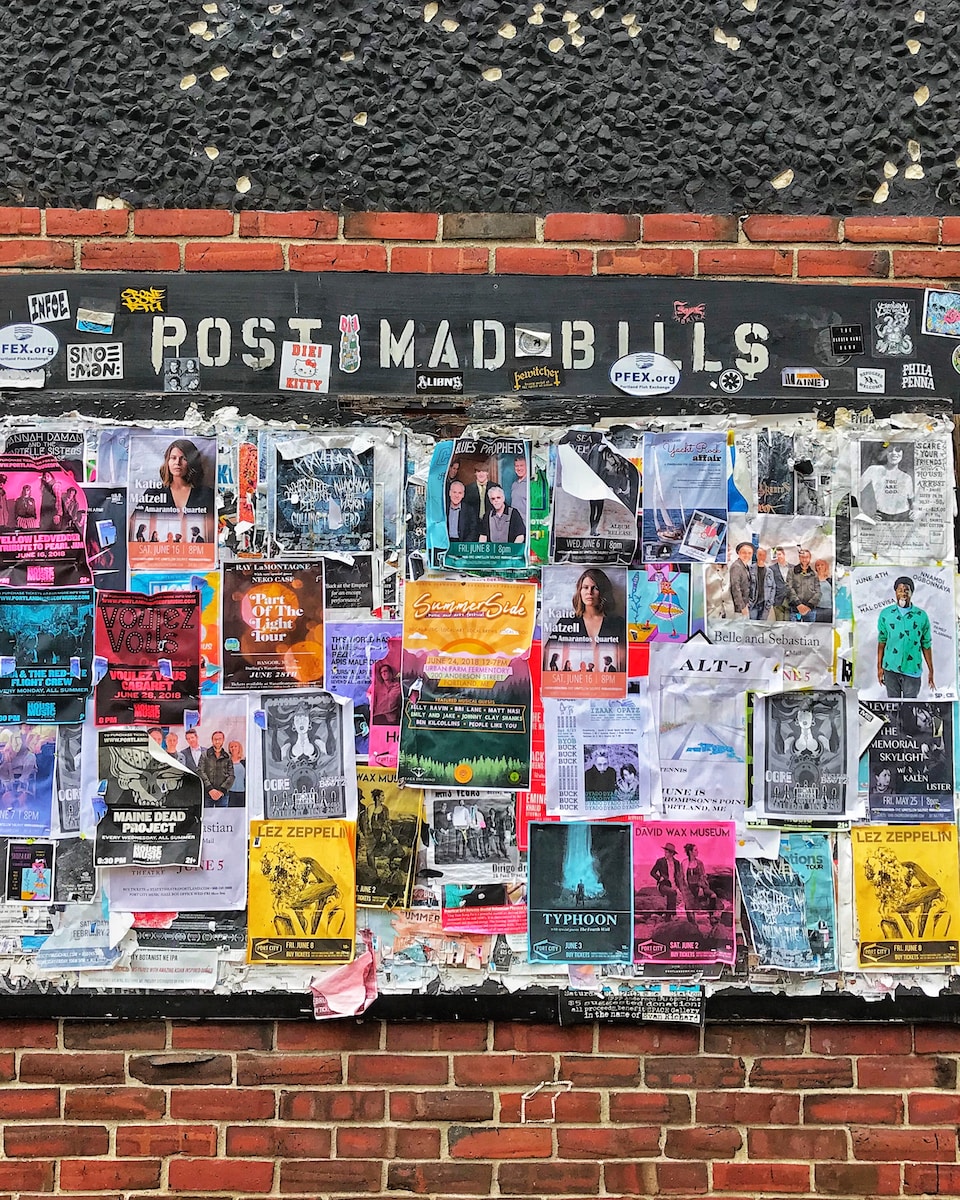If you’re planning to translate your marketing collateral, we strongly advise designing each piece of collateral with translation in mind. We often come across marketing materials that have been wonderfully designed around English content. However, when the language is changed – and the amount of words begin to increase and decrease – we have a problem!
After translating the English text, the format is no longer displayed to perfection and the actual amount of text has changed drastically – not to mention some content might need to be altered for a specific audience. Marketing materials must consider cultural preferences and nuances of the intended audience, which can mean changing large aspects of the original collateral. For example, changing colours, fonts and images to appeal to a specific audience.
As you can see, there’s a lot to consider when it comes to preparing for translation. That’s why we’re going to look at how you can design your marketing materials with translation in mind, to make the whole process easier and more efficient.
Physical marketing materials
Physical marketing materials cover quite a broad range of collateral, including some of the following:
- Brochures
- Flyers
- Posters
- Magazines
- Catalogues
And these are just to name a few.
When it comes to designing these materials, considering potential translation is vital – arguably more so more so than with digital marketing. The permanence that comes with hard-copy collateral means you can often be restricted with changes that you want to make further down the line. In other words, printed materials can’t be changed! For example, if you designed a brochure in English and had it printed, that’s great. But when it comes to translating the copy and considering the likes of transcreation and localisation, you might realise that a different format or layout would have worked best and made the translation process much easier. By thinking ahead about your translation requirements, you’ll be able to effectively plan the design of your hard-copy materials before sending them off to print.
If you’re planning to use InDesign to create your marketing collateral, have a look at our blog about preparing InDesign files for translation.
Digital marketing materials
Website
Translating your website can seem like a straightforward task, but there’s plenty that can go wrong and cause you unnecessary hassle. So, when it comes to designing your website for translation, here are a few areas to think about:
- Font – most modern fonts have the diacritics to be used in various languages, but not all of them. The majority of fonts – other than standard web fonts – will not have versions for languages such as Chinese, Japanese and Arabic scripts, so these will need to be chosen visually to match the brand style. And in addition to this, some languages will need to be in a larger font simply so that they can easily be read, especially if diacritics are included. This can alter the layout of your content, so bear this in mind when you are looking at the layout of your website in conjunction with your typeface. We’d suggest talking this through with a translation agency beforehand to ensure that you use a font that can be used in the languages you need.
- Direction of copy – the direction people read can heavily influence where their eyes are drawn to first, and therefore should influence where you place content on your website. For example, some languages – such as Arabic and Urdu – read right to left (RTL) rather than left to right (LTR). This alone can have a big impact on how you would set out a website aimed at readers of these languages.
- Language expansion and contraction – language expansion is when the target language requires more space than the original English, whereas language contraction is when it requires less space. During translation, some languages can expand by as much as 60% so this is something to bear in mind when designing your website. You’ll need to account for extra text, and possibly for a reduction in the amount of text too. It’s a good idea to talk this through with a translation agency to ensure that you’re fully prepared for the difference.
- Imagery and videos – visual content – whether that be a photo, illustration, company logo or a video – is pretty much everywhere you look online. To ensure your visual content is suitable for more than one nationality, you need to review your imagery and media in line with the cultural sensitivities and interests of your target audience. In other words, it’s time to bring localisation into play.
Have a look at our blog for more information on designing your website for translation.
Newsletters
Sending newsletters to your subscribers is a great way to increase engagement with your brand, but how do you go about sending a newsletter to an international audience?
When it comes to designing your newsletter in English, think about the same things we covered in the website section of this blog. Then, speak to a translation agency about formatting newsletters for an international audience. Although it might take longer to individually format the newsletter for each language, the outcome will be of much higher quality and your audience will have a much better viewing experience.
Do you have a project in mind?
If you’ve got a marketing translation project coming up, or simply want to know more about the services we offer, get in touch today. We’ve got over 20 years of experience under our belt and a team of over 1,000 translators to ensure that you get the best quality content, no matter what language you need.







